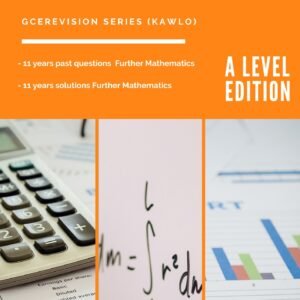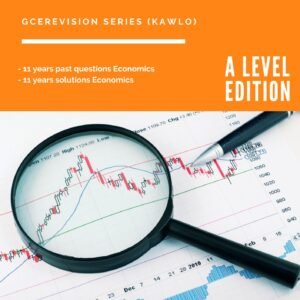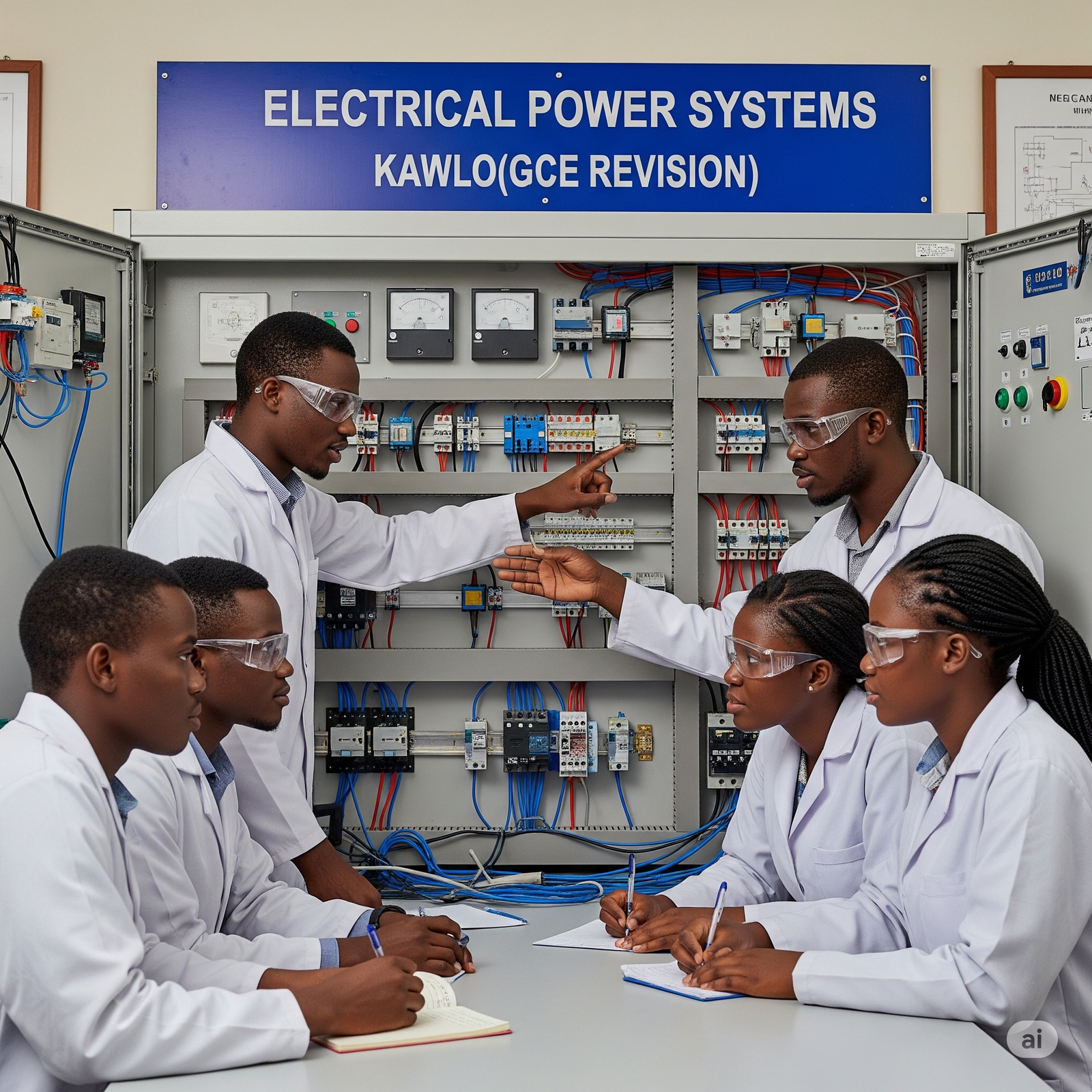Cameroon GCE advanced level June 2025 further mathematics 2
Cameroon GCE advanced level June 2025 further mathematics 2
Here are the extracted questions from the provided images:
Page 1
- a) Given that x=uy, where u is a function of x, u=0, show that
dxdy=u21(u−xdxdu)
Hence, use the substitution x=uy to transform the differential equation
x3dxdy+(4x+1)y2=3x2y
into a differential equation involving u and x.
b) Given the differential equation
dx2d2y−9y=e3x
Find the
i) complementary function,
ii) particular integral of the differential equation.
- Given two vectors
a=xi−j+3k
b=i+j−2yk,x,y∈Z,
and that
a×b=−i+7j+3k.
i) Find the values of the real constants, x and y.
ii) Show that a and b are linearly independent.
iii) Find the Cartesian equation of the plane that contains a and b and passes through the point with position vector i−j.
- Solve the equation
cosh(lnx)−sinh(ln(x1))=47,x>0.
- Given that
f(x)=(x−1)(x+1)(x2+1)4x,x=±1,
express f(x) in partial fractions.
Hence, show that
∫23f(x)dx=ln(34).
- a) Show that the set of matrices of the form
(ab−ba),where a,b∈R,a=0,
forms a group under matrix multiplication (Assume Associativity).
b) Solve the linear congruence
2x+8≡5(mod11),
giving your answer in the form x=pλ+q, where p,q∈N and λ∈Z.
Page 2
- Show that the curve with polar coordinates (r,θ) where,
r2=1−3sin2θ2,
represents a hyperbola.
Find in polar form, the equations of the asymptotes to this hyperbola.
- a) Solve completely the complex equation
z4=−27i.
b) Find the centre and scale factor of the transformation described by
w=3z+2−i.
- a) The parametric equations of a curve are
x=a(tanθ−θ)andy=alnsecθ,0<θ<3π,
where a is a real constant.
Find the length of arc of this curve.
b) A transformation T is defined by matrix M, where
M=(1225).
i) Find the determinant of M.
ii) Find the invariant point under T.
iii) Show that the image of the line L:x=2y is the line L′:9x=4y.
iv) Hence or otherwise, find the angle of rotation under T.
- a) A sequence, (un), is defined by
u0=3,un+1=41un+3,∀n∈N.
Consider another sequence, (vn), defined by
vn=un−4.
i) Find (vn+1) in terms of (vn).
ii) Hence, deduce that (vn) is a geometric progression and state its common ratio.
iii) Find expressions for (vn) and also for (un) in terms of n.
iv) Show that (un) is an increasing sequence.
b) Find the radius of convergence of the series,
n=0∑∞n2+15nxn.















